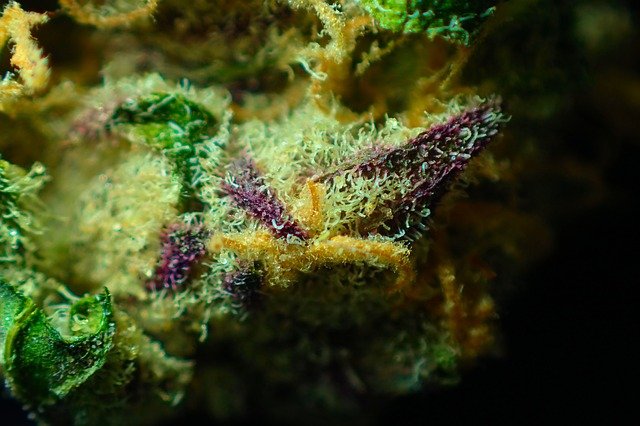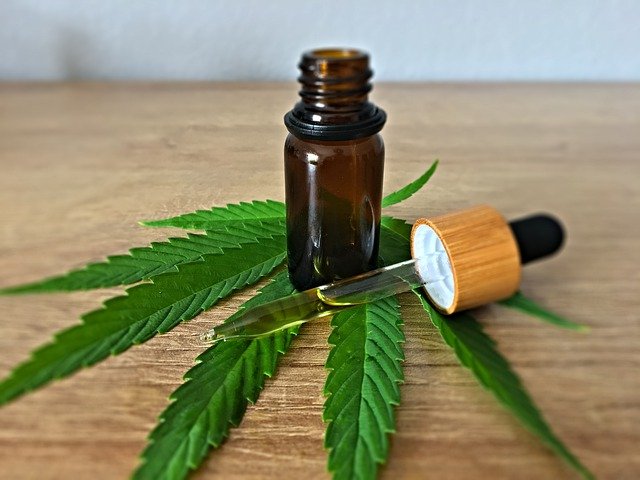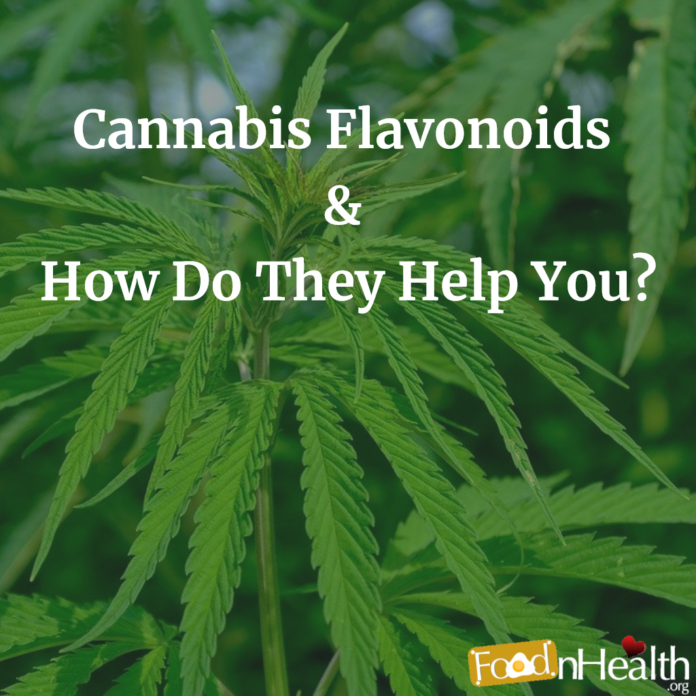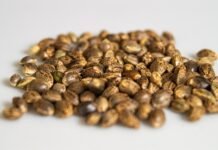If we look at the bioactive compounds in a cannabis plant, there is so much that we still need to learn about. Scientists and grow experts all across the world feel more confident talking about terpenes and phytocannabinoids these days. But when it comes to flavonoids, all we knew was that they take a 10% share in the compounds present in cannabis. These secondary polyphenolic metabolites belong to the ketone group and can be further divided into 4 sub-groups. These compounds are also found in all plants.
Cannabis flavonoids or cannflavins in particular seems to hold tremendous potential in shedding more light on the effectiveness of cannabis in pain management. Although preliminary research is still under its way, there is a lot you can learn about cannflavins. This can help you choose better products for your medical conditions and chronic symptoms. Read along to learn more about what wonders cannflavins can do for you.

What Are They Anyway?
Flavonoids in general are found throughout the entire plant kingdom. They are primarily responsible for giving fruits and vegetables their color/pigment. These also work as excellent antioxidants. No wonder every sane person told you to eat your fruits and veggies right. In 1985, researcher Marilyn Barrett from the University of London found that marijuana had two types of flavonoids: Cannflavine A & Cannflavine B. Barrett was further able to conclude that these compounds were 30x more powerful than aspirin when it came to managing inflammation.
This is good news because more and more companies are trying to develop alternatives to opioids for chronic and acute pain. And these non-psychoactive molecules target inflammation and pain directly at the source thereby making them quite an ideal painkiller alternative.

They are Rare, Not Unique
Flavonoids are not something you can find only in the cannabis plant but in myriads of fungi and plants. Scientists recently have identified at least one thousand of flavonoids in various plants. There are more than 6000 individual profiles and all of these function on a diversified spectrum. By helping plants get their distinctive color, flavonoids are actually responsible for attracting pollinators among other things. So they may be available in small quantities but they are definitely not unique to plants. Flavonoids in plants also protect them from diseases, pests and UV rays. They just work like an autoimmune system it seems.

Flavonoids in Cannabis
There are several flavonoids present in the marijuana plant. These are primarily referred to as Cannflavins. Different cannflavins are distributed throughout the plant sans its roots. You can get more information at the cannabis radar about this. However, the total concentration can reach only upto a 2.5% of the dry weight of leaves & flowers. A few of the cannflavins include Cannflavine A, B & C, isovitexin, vitexin, quercetin, luteolin, kaempferol, apigenin, orientin & luteolin. These profiles can be highly beneficial from a taxonomic and chemical point of view.
The Cannflavins A, B & C
These are the most beneficial as they inhibit prostaglandins inflammatory pathways and work as an amazing anti-inflammatory agents. This is probably one of the reasons why you feel pain go away instantly after smoking your favorite weed strain.
Apigenin
Recent studies show that this cannflavine acts as a sedative and anxiolytic on GABA receptors in our brain. This is possibly why cannabis is known to have sedative and anti-viral effects. Not only this, apigenin can also stimulate the monoamine transmitter thereby altering overall neurotransmitter levels. It further decreases the side effects of cyclosporin A which is used to prevent organ rejection during a transplant.
Orientin & luteolin
Several preclinical studies suggest that both luteolin and orientin work as anti inflammatories, antioxidants, anti-cancer agents and even antibiotics. It seems that these work in synergy with other cannabinoids and terpenes to produce these pharmacologic effects.
Vitexin & Isovitexin
Both these cannflavines hold the potential to be used for inhibiting thyroid peroxidase and also in therapy for gout.
Kaempferol
Experts suggest that a diet rich in kaempferol can work as an antidepressant. Some also feel that it can help decrease the risk of coronary heart diseases and cancer. Whether kaempferol can reduce the chances of you getting cancer is still a big question, but it can definitely help make you feel better in life. These antidepressant effects come from synergizing active cannabinoids with kaempferol. And so you may not be able to derive these with kaempferol alone.
Quercitin
You need to keep an eye out for this cannflavin as scientists are discovering so many things about it. Initially it was concluded that quercitin had antiviral effects but now it has been found that it’s responsible for the production of prostaglandins, which act as a great anti-inflammatory agent. And so, it shows great promise in managing fibromyalgia. Quercitin also helps with the production of MAO or monoamine oxidase enzyme which is responsible for the interactions between pharmaceuticals and neurotransmitters. This could have a great effect on how we use medicines to help us.

Wrapping up
When it comes to learning about cannabis use as an effective medicine, there isn’t much that we know about cannflavins and to what extent they participate in the entourage effect. Cannabis flavonoids are drastically understudied and under-investigated compounds. This is mostly because of its status as a Schedule 1 drug at the Federal level. For doctors to understand more about cannflavins, there is much more research to be done and so it’s important for the Government to remove these federal bans on research, distribution and consumption of cannabis.
But, all is not lost as we now know that cannabis flavonoids are full of amazing properties and have the potential to help manage several chronic conditions that result in pain and inflammation. If you are using cannabis for medical purposes, chances are you are already making the best use of these amazing active compounds. Make sure you learn the cannabis laws of your state before heading to buy products. If medical marijuana is legal in your state you can get a medical marijuana card online and talk to a doctor about your symptoms and dosage that can help you right away.


























